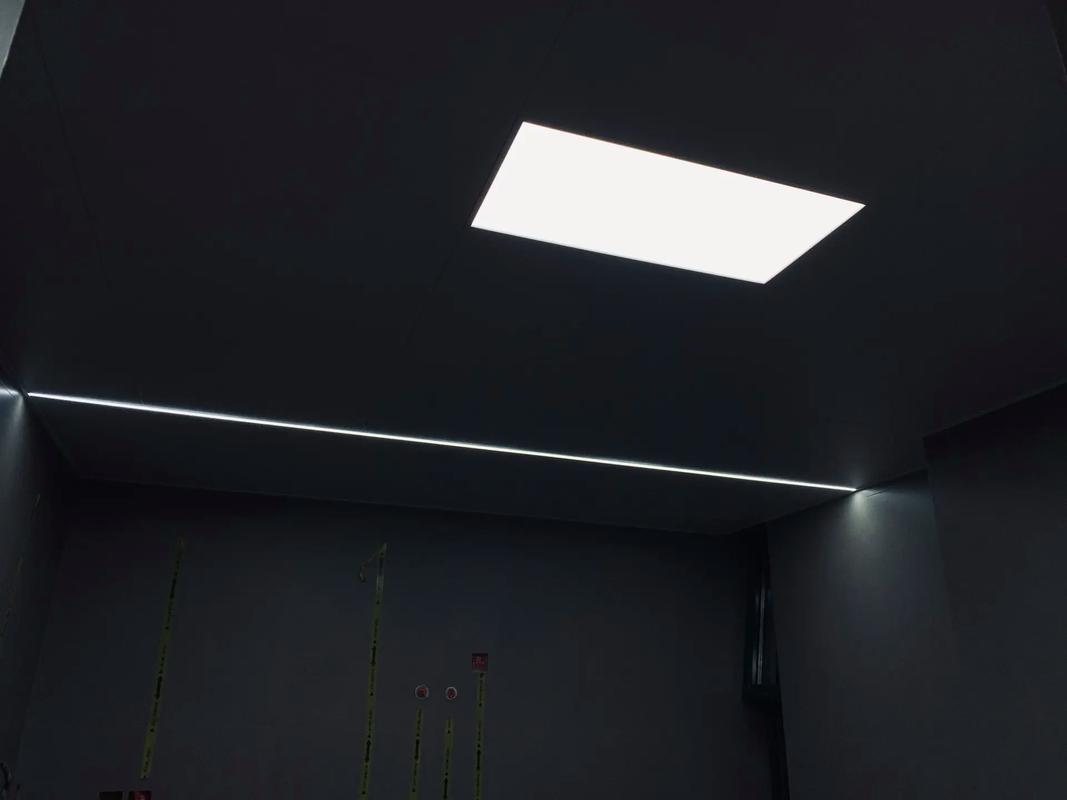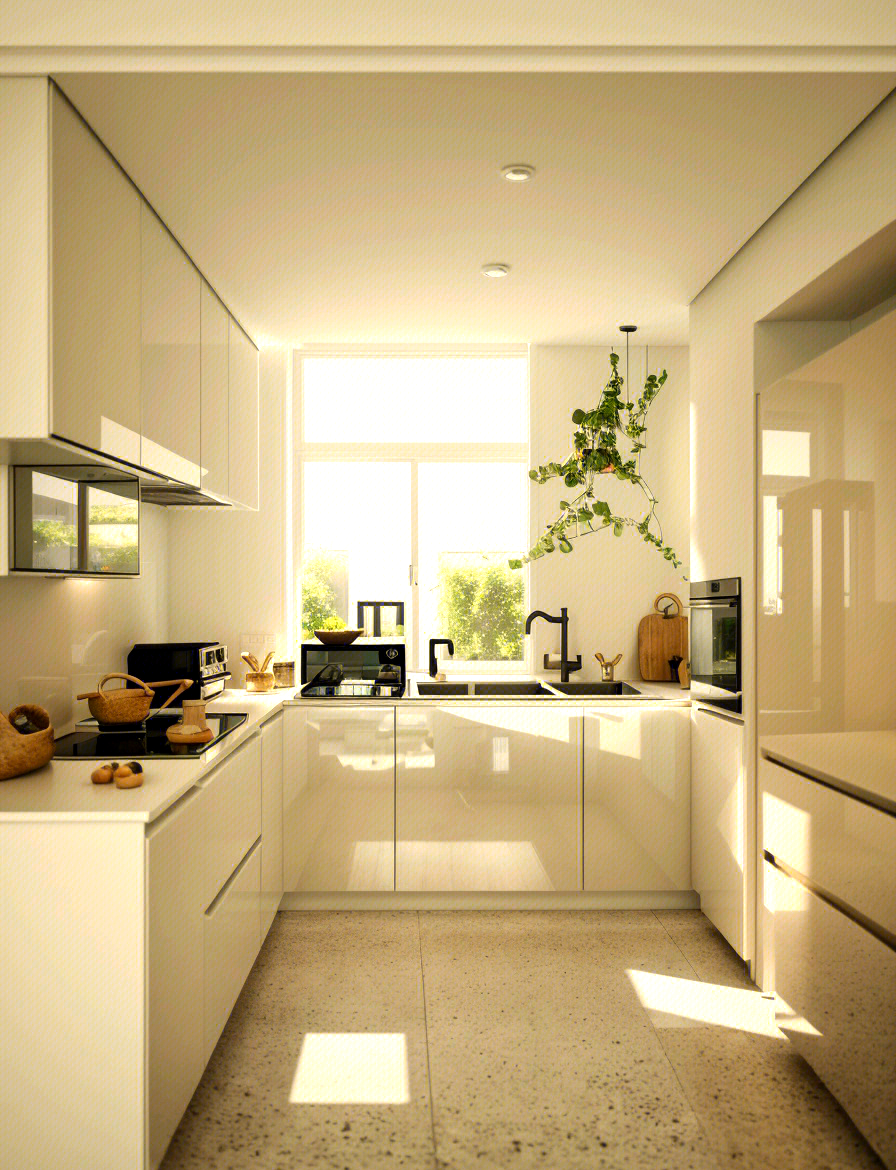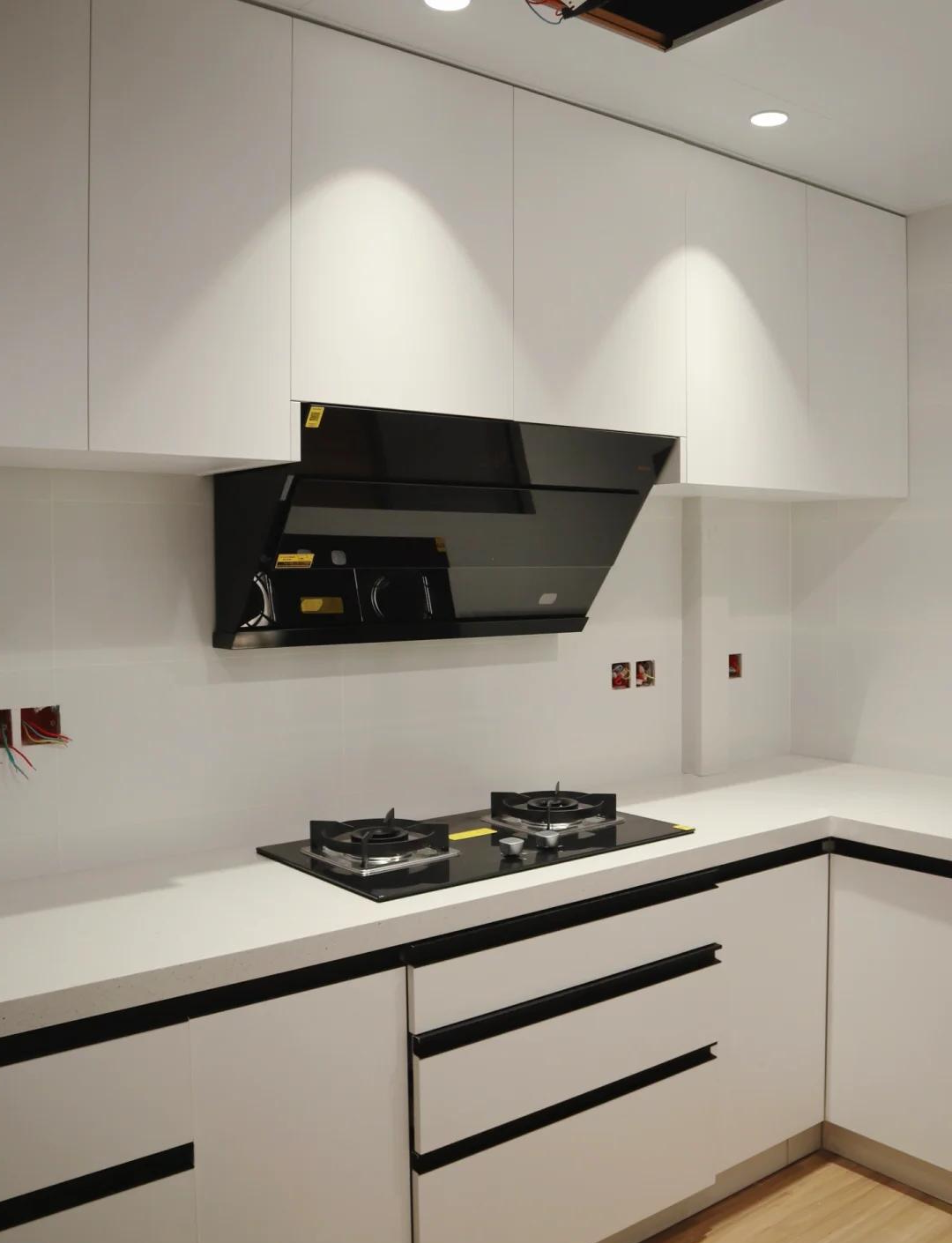When designing or remodeling a kitchen, lighting is a critical element that's often overlooked. Beyond illuminating the space, the color temperature of your kitchen ceiling lights also plays a significant role in creating ambiance and enhancing functionality.
The right color temperature can create a warm and inviting atmosphere for socializing and dining, while also providing ample brightness for cooking and food preparation.
In this article, we'll explore the concept of color temperature and guide you in choosing the ideal color temperature for your kitchen ceiling lights, creating the perfect environment for all your kitchen activities.
What is color temperature?
Color temperature is a measure of the appearance of light color. Measured in Kelvin (K), it relates to the perceived warmth or coolness of the light emitted by a light source. Lower Kelvin values represent warm light with red or yellow tints, while higher Kelvin values represent cool light with bluish tints. Understanding this standard is crucial for selecting the right color temperature for your kitchen needs.
Why Choose the Right Color Temperature for Your Kitchen Ceiling Lights?
The kitchen is a multifunctional space where cooking, dining, socializing, and even work take place.

The color temperature of your kitchen ceiling lights can significantly impact these activities. Warm lighting can create a cozy and inviting atmosphere for family gatherings or entertaining guests, while cool lighting enhances visibility and promotes focus when preparing food. Choosing the right color temperature is key to creating the ideal kitchen atmosphere and functionality.
Kitchen Downlights
Kitchen Downlights
Factors to Consider When Choosing the Color Temperature for Your Kitchen Ceiling Lights
To determine the ideal color temperature for your kitchen ceiling lights, consider the following:
● Primary Function of the Kitchen
Consider how you primarily use your kitchen. If your kitchen is primarily used for cooking and food preparation, cooler lighting in the 2700K to 3500K range is recommended for better visibility and focused work. If your kitchen serves as both a dining and entertaining area, warmer lighting in the 2200K to 2700K range can create a relaxing and pleasant atmosphere for meals and gatherings.
● Kitchen Size and Layout
The size and layout of your kitchen can also affect the brightness and ambiance of different color temperatures. Larger kitchens may require slightly cooler ambient light to ensure even illumination, while smaller kitchens may require warmer lighting for a more comfortable atmosphere. ● Existing Kitchen Decor
Consider the kitchen's existing color scheme and interior design elements. The color temperature of your ceiling lights should complement, not clash with, the existing decor. For most kitchen styles, a neutral white light around 3000K to 3500K is generally a safe choice.

Recommended Color Temperatures for Kitchen Ceiling Lights
Consider the following color temperature recommendations based on the different areas of your kitchen and their functions:
● Cooking and Task Areas
For work-centric areas like countertops, stoves, and islands, cooler lighting in the 2700K to 3500K range is ideal. This helps improve visibility and ensures you can work efficiently and safely in the kitchen.
● Dining and Entertaining Areas
Warmer light, between 2200K and 2700K, is best suited for the kitchen's dining and social areas. This light creates a warm and inviting atmosphere, perfect for family meals and gatherings with friends. ● Overall Ambient Lighting
For general ambient lighting throughout the kitchen, a balanced color temperature of approximately 3000K to 3500K strikes a good balance between task lighting and creating a comfortable dining and social environment.
Practical Tips for Achieving the Ideal Color Temperature
To create a balanced kitchen lighting design, consider the following tips:
● Layered Lighting: Combine different light sources, such as under-cabinet lighting, pendant lights, and recessed ceiling lights, to achieve the perfect balance of task and ambient lighting.
● Dimmers: Install dimmers to adjust brightness and color temperature based on activity and time of day. Dimmers provide flexible control over the lighting atmosphere in the kitchen.


